-

NIWA's Hotspot Watch for 9 February 2018
Hotspot09 February 2018Hotspots in the North Island are located across Gisborne, the Tararua District, and in parts of west coastal Taranaki. The only hotspot in the South Island is in Southland. -

NIWA's Hotspot Watch for 2 February 2018
Hotspot02 February 2018North Island hotspots continue to be found across much of Gisborne, northern Hawke’s Bay, and Tararua west to Horowhenua and Kapiti Coast. A small hotspot has also emerged across the east coast of the Coromandel Peninsula. The only hotspot in the South Island continues to be located in Southland, but it has decreased significantly in size and strength due to the recent heavy rainfall. -

Tangaroa heads to Antarctica on six-week voyage of discovery
Media release31 January 2018Forty intrepid adventurers leave Wellington next week for a six-week scientific voyage to Antarctica. -

NIWA's Hotspot Watch for 25 January 2018
Hotspot25 January 2018Current North Island hotspots are found in coastal Gisborne, interior Wairoa, as well as small portions of Kapiti Coast, Horowhenua, and Tararua. The only hotspot in the South Island continues to be a sizeable one which covers much of southern and interior Otago and nearly all of Southland. -

NIWA's Hotspot Watch for 18 January 2018
Hotspot19 January 2018A weekly update describing soil moisture across the country to help assess whether severely to extremely dry conditions are occurring or imminent. Regions experiencing these soil moisture deficits are deemed “hotspots”. Persistent hotspot regions have the potential to develop into drought. -

Look out for leopard seals
Media release15 January 2018Beachgoers are being asked to look out for leopard seals over summer and report sightings as soon as possible. -
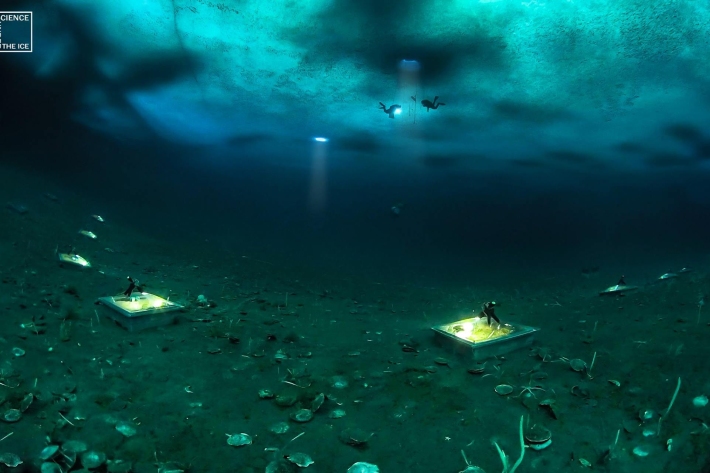
Summer Series 2017 - Spectacular scenes under the ice
Feature story15 January 2018In October a team of scientists from New Zealand and Finland travelled to Antarctica for a scientific diving expedition under the ice. -

NIWA's Hotspot Watch for 11 January 2018
Hotspot11 January 2018A weekly update describing soil moisture across the country to help assess whether severely to extremely dry conditions are occurring or imminent. Regions experiencing these soil moisture deficits are deemed “hotspots”. Persistent hotspot regions have the potential to develop into drought. -
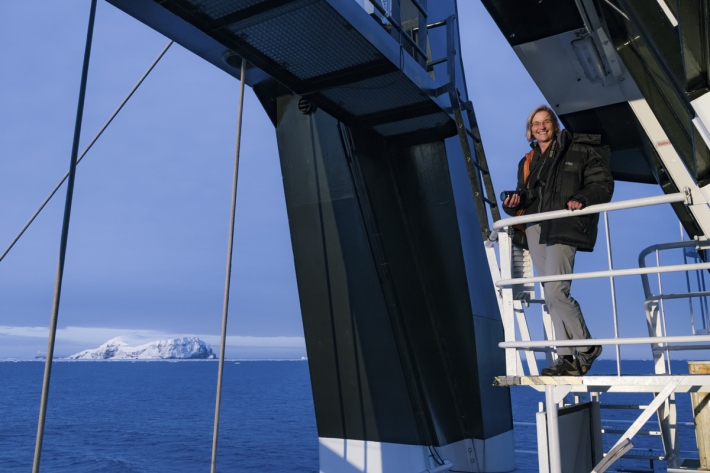
Summer series 2017 - Sailing the Southern Ocean - a scientific odyssey
Media release11 January 2018NIWA’s research vessel Tangaroa sets off for a six-week voyage to Antarctica in February. Six of those aboard explain what they’re doing, what they’re worried about and the one thing they wouldn’t be without. -
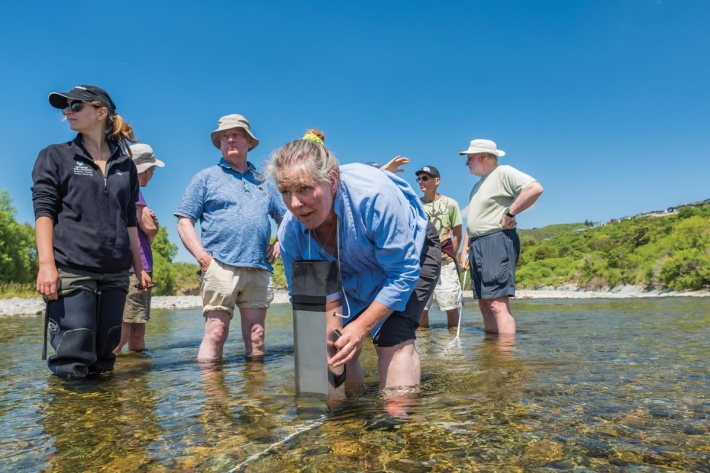
Summer Series 2017 - Citizen scientists take on Hutt River
Feature story08 January 2018A group of volunteers who love the Hutt River are helping to care for it over summer. -
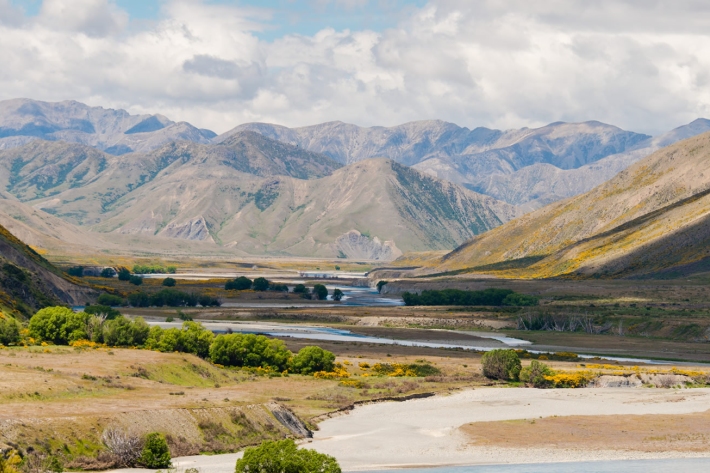
Summer Series 2017 - A day out measuring at Molesworth
Feature story02 January 2018As the road behind Hanmer Springs turns to gravel and a dust cloud forms in the rear vision mirror, the southern edge of Molesworth Station unfolds. -
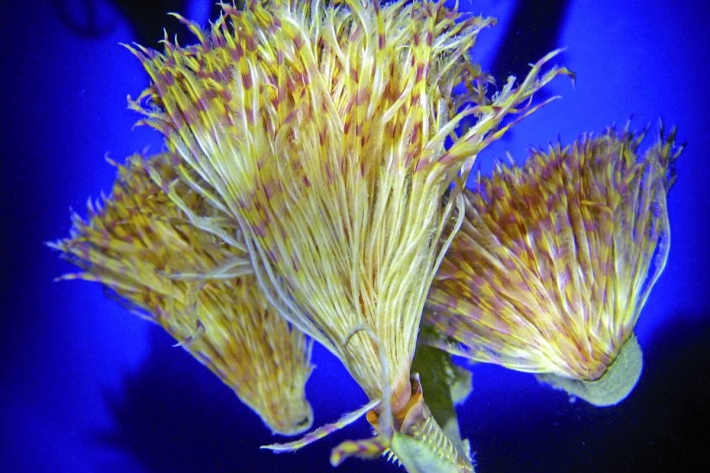
Summer Series 2017 - Look out for these marine pests
Feature story28 December 2017Every year NIWA carries out numerous marine surveillance missions, surveys at ports and harbours around the country. Their divers are looking for the pests that have hitched a ride to New Zealand waters and are capable of destroying our unique ecosystems and shellfish industry.
